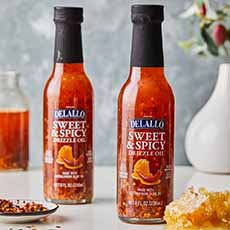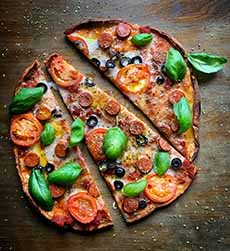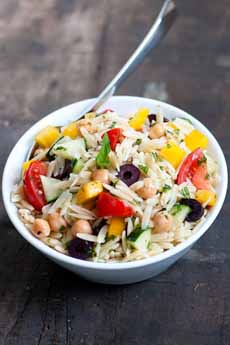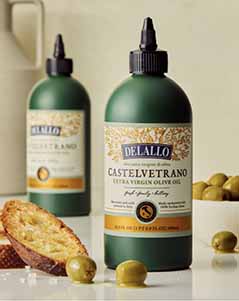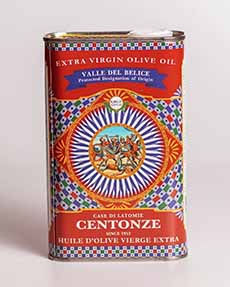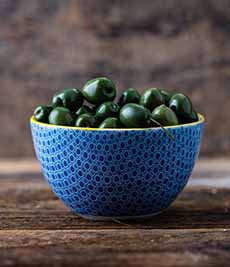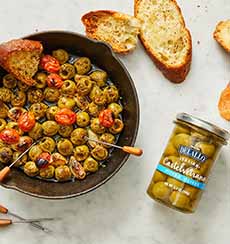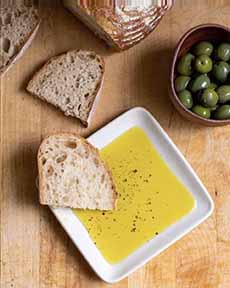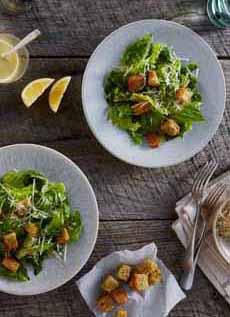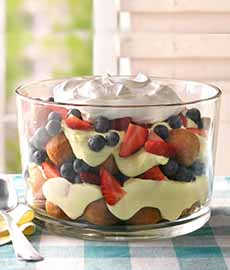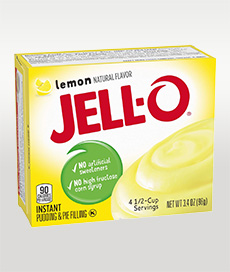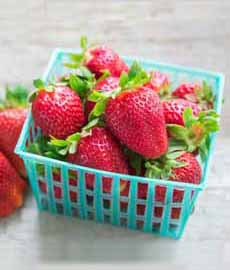|
June 10th, yesterday, was National Pina Colada Day, and we may have had one too many to celebrate the 70th anniversary of our favorite sweet cocktail.
One of the most iconic classic cocktails—and our favorite sweet cocktail—the Piña Colada turns 70.
Bartender Monchito Marrero created the first Piña Colada in 1954 at The Caribe Hilton Hotel using Don Q, Puerto Rico’s #1 rum.
Although other rum brands may try and take the credit of being in the OG, Don Q has a document signed by Señor Marrero confirming he used Don Q.
What better way to celebrate this milestone, and toast to Señor Monchito and Don Q?
So we invited friends for a National Piña Colada Day fiesta and made all three of the recipes below.
> Snacks to serve: honey roasted mixed nuts, pineapple chunks, plain and toasted coconut chips, whole strawberries.
> The history of the Piña Colada.
> The history of rum.
> The history of pineapple.
RECIPE #1: KEEPIN’ IT COLADA
This Piña Colada variation (photo #1) was created by award-winning mixologist Tiffanie Barriere of Atlanta, Georgia, who serves it in a carved-out pineapple shell (photo #1). If you prefer, serve it in a tall glass.
Tiffanie, who you might recognize from Netflix’s “Drink Masters” and “High on the Hog” is eco-conscious like Don Q Rum, an environmental leader in the spirits industry. She says:
“Whenever I can, I default to my no-waste Piña Colada, it looks beautiful and taste amazing.
“But when it’s not an option, then I compost the lime, coconut shells, shavings and pineapple skins for home plants, soil and outside gardens.”
Ingredients Per Drink
1 ounce Don Q Coco Rum (photo #6)
1 ounce Don Q Piña Rum (photo #7)
3 ounce Homemade Coconut Cream (recipe follows)
½ ounce fresh lime, cutting 1 wheel for an optional garnish
3 pineapple chunks
Pinch of cinnamon/cinnamon stick for grating
2 dashes Angostura with garnish
Glass: Fresh pineapple shell (most pineapple fruit removed for enjoyment elsewhere).
Preparation
1. MUDDLE In a cocktail shaker, muddle the fresh pineapple. Add the lime, cream, rum and ice.
2. SHAKE hard for 20 seconds. Pour the entire contents over clean ice into a hollowed pineapple. Grate fresh cinnamon on top and add 2 drops of Angostura.
3. THREAD a straw through the lime wheel and serve.
RECIPE #2: HOMEMADE COCONUT CREAM
If you don’t have time to make it, buy a can (photo #5).
Ingredients
2 pounds shaved coconut chips
1 ½ cup heavy cream
1/8 cup white sugar
Preparation
1. COMBINE all ingredients in a small saucepan. Bring all to a boil. Take off the heat and let cool.
2. STRAIN using cheesecloth and squeeze out the coconut cream into a glass container. Cover and store cold for up to 5 days.
RECIPE #3: DON Q BIKINI COLADA
A slimmed-down version (photo #2) that substitutes low-calorie coconut water (3 calories per tablespoon) for the coconut cream (34 calories per tablespoon).
Ingredients Per Drink
2 ounces Don Q Piña Rum
2 ounces coconut water
½ ounces lime juice
Optional garnish: 1 strawberry slice
Optional: one bar spoon Campari
Preparation
1. SHAKE the rum, coconut water, juice and ice, and train into a coupe glass.
2. GARNISH with the strawberry slice. As an option, stir in the Campari.
RECIPE #4: SKINNY PIÑA COLADA
Don Q recommends coconut water from a coconut that’s been freshly cracked open. If you use a bottled brand, they recommend Harmless Harvest.
Superfine sugar has 15 calories per level teaspoon.
Ingredients Per Drink
1½ ounces Don Q Cristal Rum (photo #4)
2 ounces coconut water
1 teaspoon superfine sugar*
2 pineapple chunks
Preparation
1. Place all ingredients in a shaker with ice.
2. SHAKE vigorously and double strain into a cocktail glass.
MORE YUMMY PIÑA COLADA
Piña Colada Mousse
Piña Colada Pizza (Yes!)
________________
*If you don’t have any superfine sugar, just pulse table sugar in a spice mill or food processor.
|
|
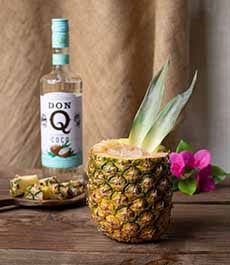
[1] Keeping It Colada, served in a pineapple shell (photos #1, #2, #3, #4, #6, and #7 © Don Q).
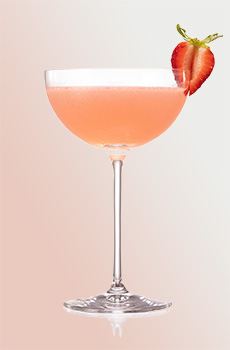
[2] You’ll look better in a bikini with this Bikini Colada, which cleverly cuts some calories.
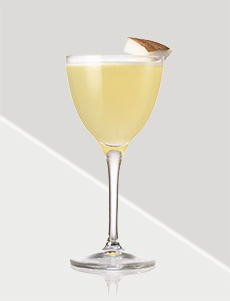
[3] Cut even more calories with this Skinny Colada.

[4] Unlike most clear rums, Don Q uses a multiple distillation system to produce a cleaner, more refined, and more delicate flavor profile. Your drink will sip smoother (photo © Don Q).
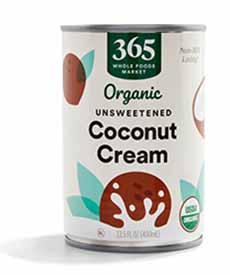
[5] If you don’t want to make the coconut cream from scratch for Recipe #1, you can buy a can (photo © Whole Foods Market).
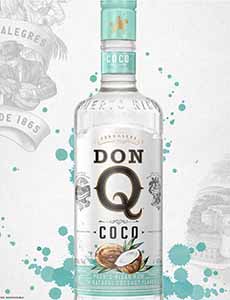
[6] Don Q Coco is rum with coconut flavor added.
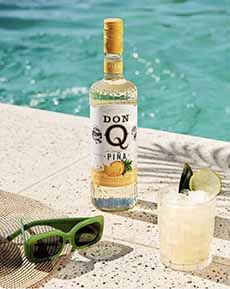
[7] A bottle of Don Q Piña, pineapple flavored rum.
|




